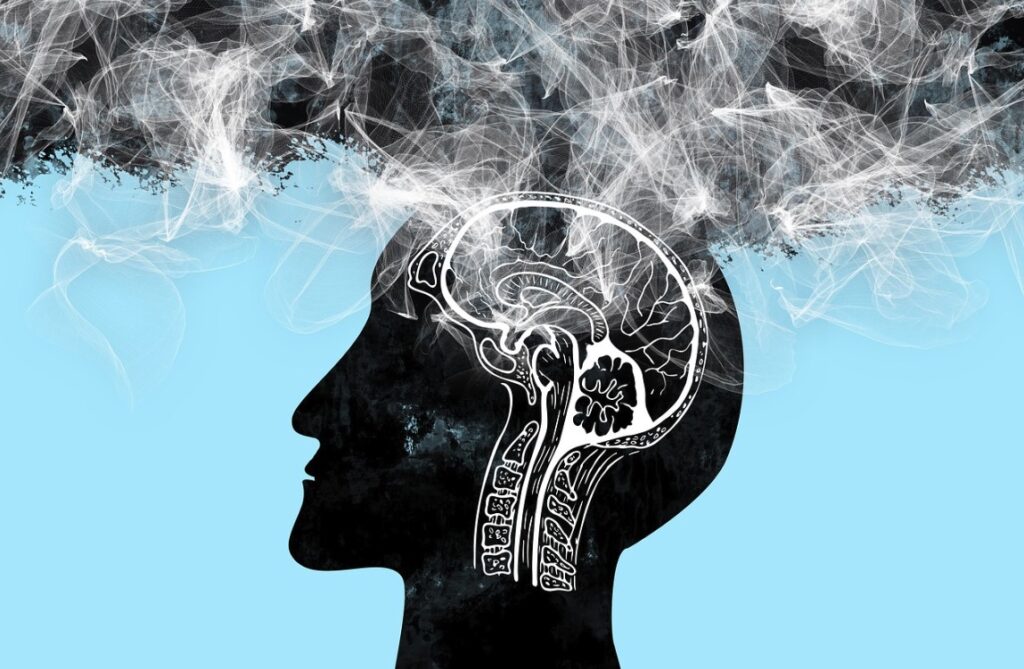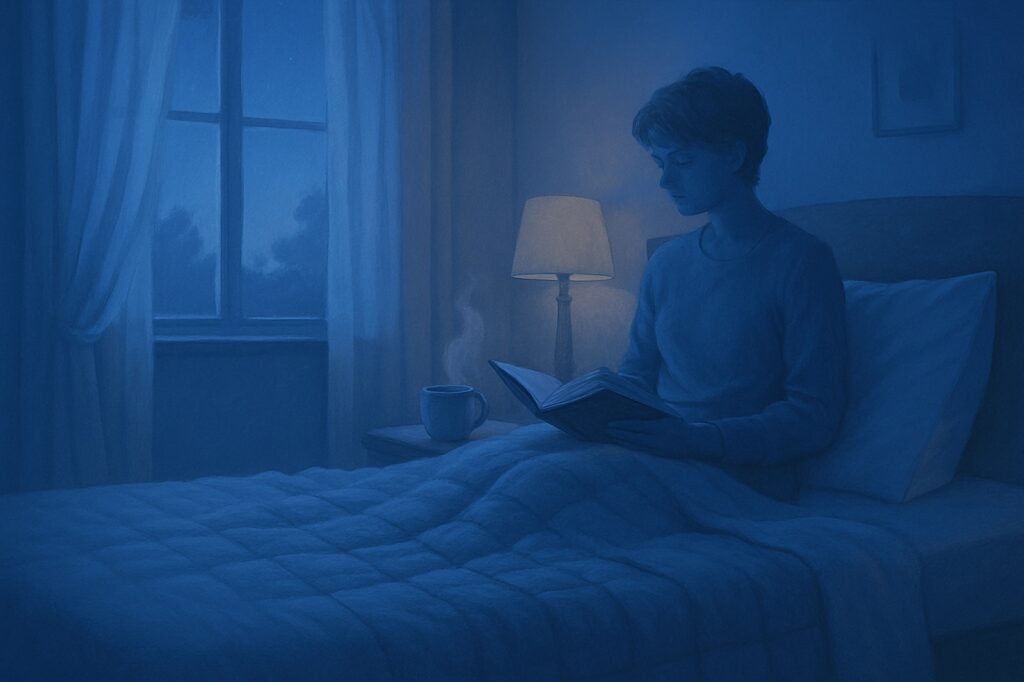Kleine-Levin Syndrome (KLS) is a rare disorder causing recurring episodes of extreme sleepiness and behavioural changes. Learn about its symptoms, causes, diagnosis, and treatment options to better understand this fascinating but challenging condition.
Understanding Kleine-Levin Syndrome: The Rare Sleeping Beauty Disorder
Imagine suddenly feeling compelled to sleep for 16 to 20 hours a day, waking only to eat or use the bathroom. This isn’t a scene from a fantasy novel but a reality for those affected by Kleine-Levin Syndrome (KLS), often dubbed “Sleeping Beauty Syndrome.” KLS is a rare neurological disorder marked by recurring episodes of excessive sleepiness and behavioural changes that profoundly disrupt everyday life.

The syndrome usually strikes teenagers, especially boys, bringing with it not just overwhelming sleepiness, but also confusion, irritability, and cognitive difficulties. Episodes can last for days or weeks and often come back sporadically, with individuals returning to normal between attacks. The cause remains a mystery, but specialists believe it stems from irregularities in the brain’s sleep-regulating areas.
During an episode, affected individuals may also experience hallucinations, changes in appetite (often overeating), and emotional instability. These symptoms complicate diagnosis, which is typically based on clinical history and ruling out other conditions such as depression, epilepsy, or thyroid problems.
There is no cure for KLS, but treatments focus on easing symptoms. Stimulant medications like modafinil can help reduce sleepiness, while mood stabilisers or antipsychotics may manage behavioural symptoms. Supportive care is essential during episodes to ensure safety and wellbeing.
Living with KLS demands understanding and patience from family, friends, and employers. Education about the condition helps reduce stigma and improve support systems. Many with KLS gradually see fewer episodes over time, with some outgrowing the condition entirely.
At Dozywave, we recognise that while rare disorders like KLS differ significantly from common sleep challenges, the importance of restful, regular sleep remains universal. Our mission is to provide tailored solutions that foster deep, rejuvenating sleep – helping everyone, from typical sleepers to those with special sleep needs, achieve nights as peaceful as a baby’s.


